[…]
Birds Eye View
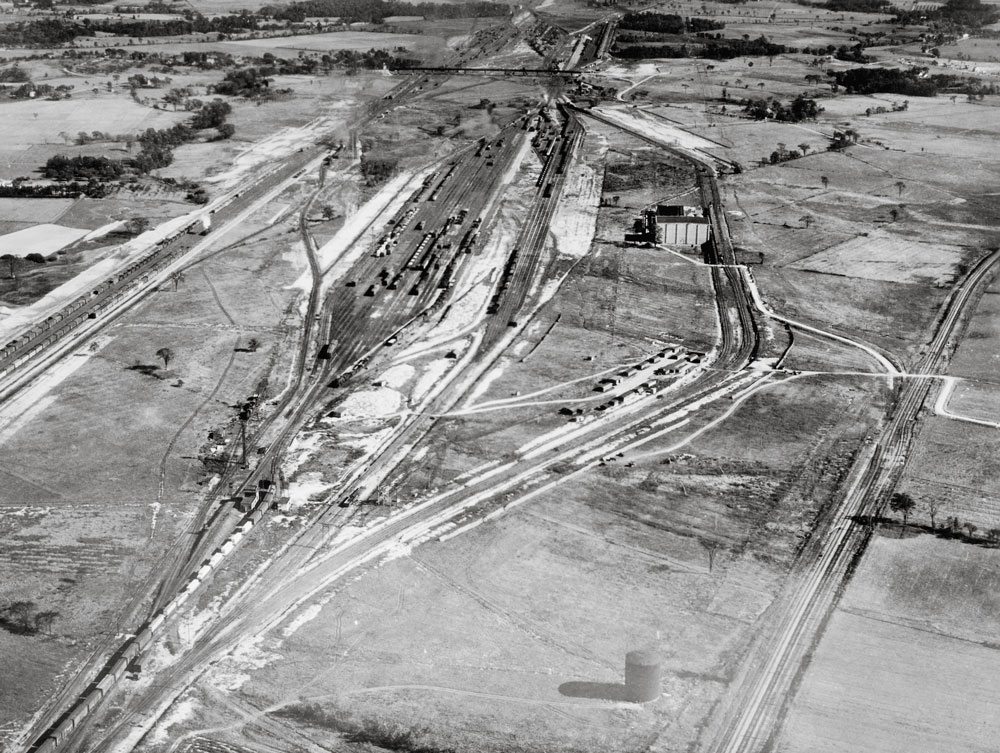
Action may be required on your Trains.com account in order to continue accessing content. Click here to learn more.

[…]
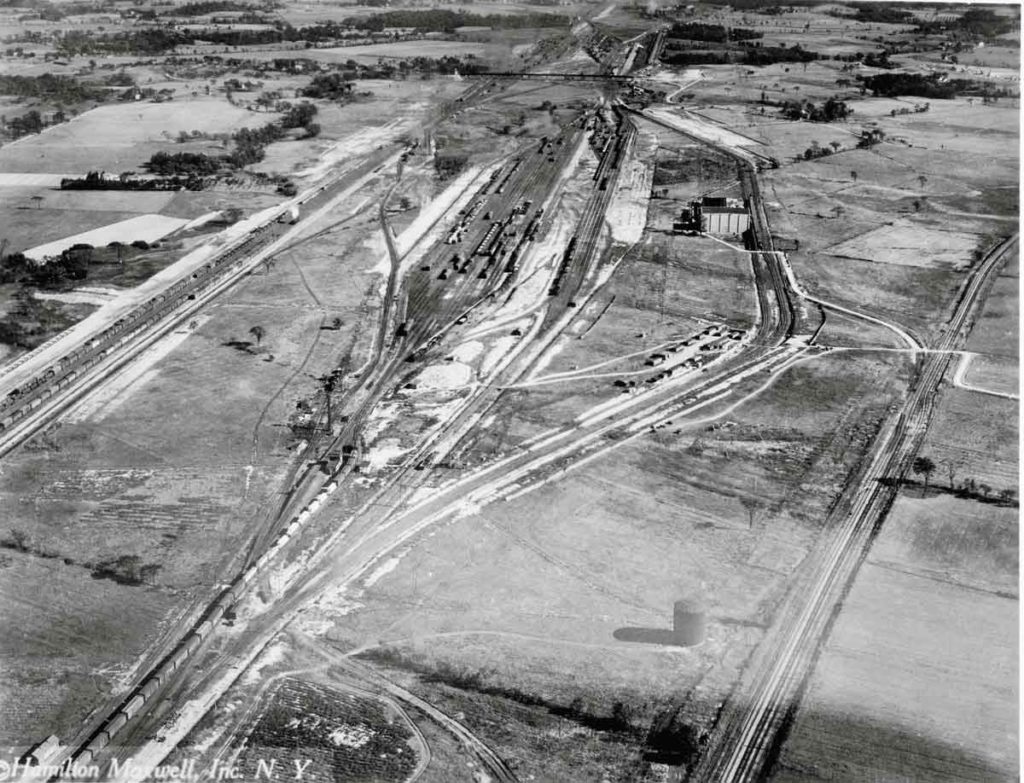
Selkirk Yard near Albany, N.Y. New York Central Cornerstone of New York Central’s $25 million “Castleton Cutoff” improvement project, Selkirk opened on November 20, 1924. Central’s objective was to bypass congestion at Albany, where two Hudson River drawbridges and the “Water Level Route’s” one big bump, the 1.75 percent West Albany grade between the Hudson […]
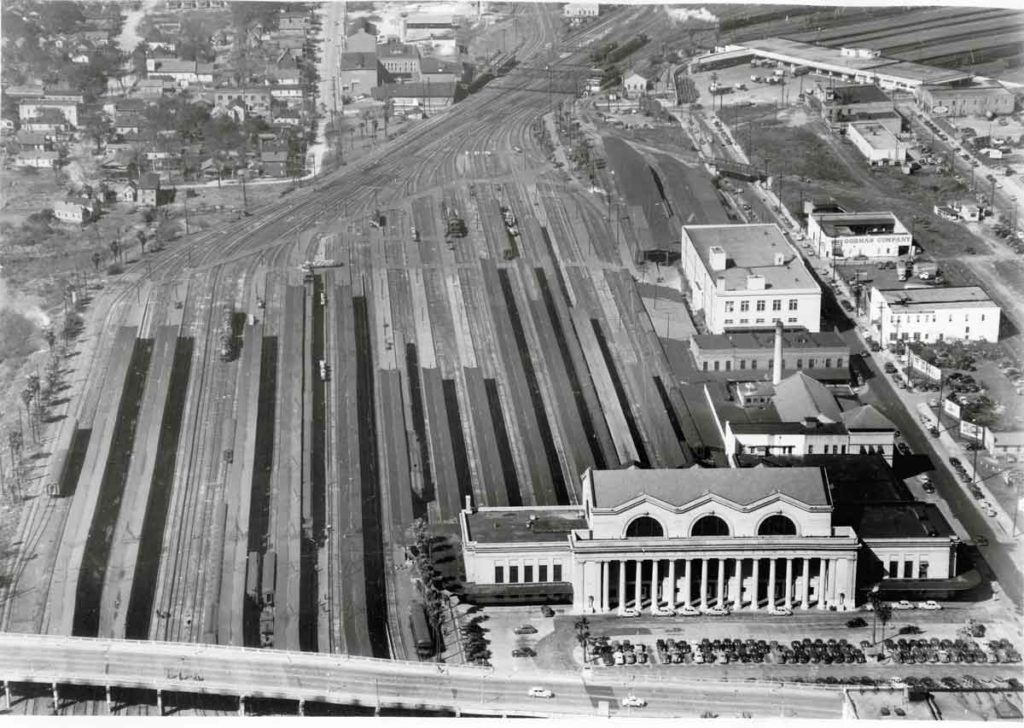
Headhouse and platforms Jacksonville Terminal Co. Jacksonville Terminal was a monument to Florida’s status as the southern vacation destination of choice for the eastern half of the U.S. Few travelers got off here; instead, the city was the funnel for trains arriving over the Atlantic Coast Line, Seaboard Air Line, and Southern Railway on their […]
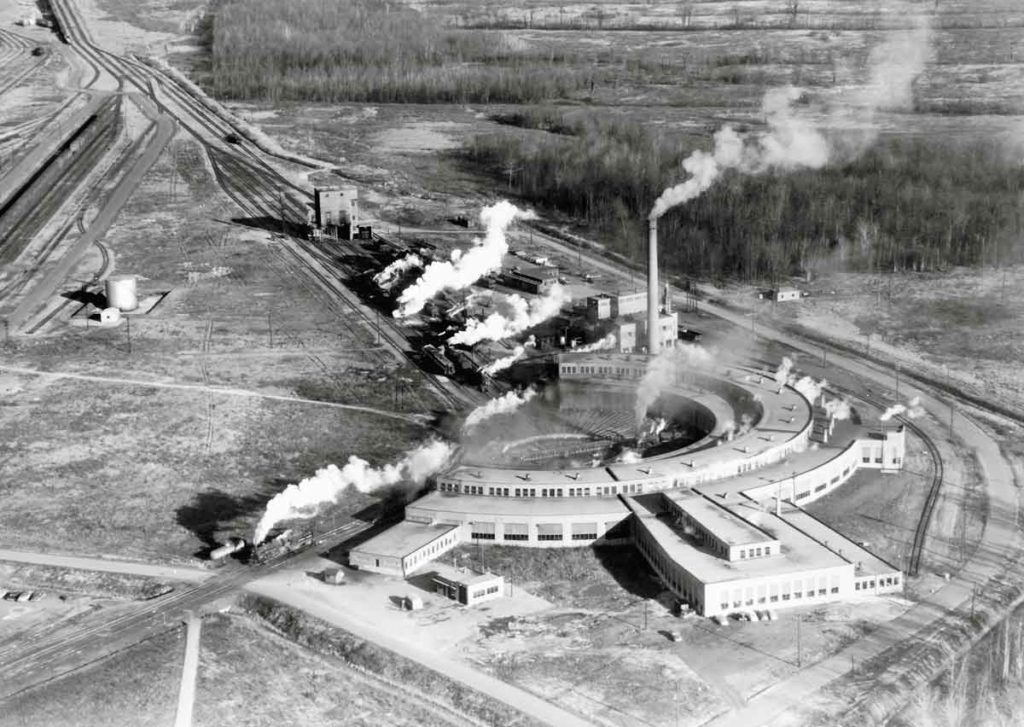
CP’s St. Luc Yard roundhouse Walter R. Allen for CPR Canadian Pacific in July 1950 opened its sprawling new St. Luc Yard in the “wilds” above the cities of Lachine and Cote St. Luc, Quebec. Built to relieve congestion at CPR’s Hochelaga and Outremont Yards in Montreal, St. Luc included this 37-stall roundhouse, completed in […]
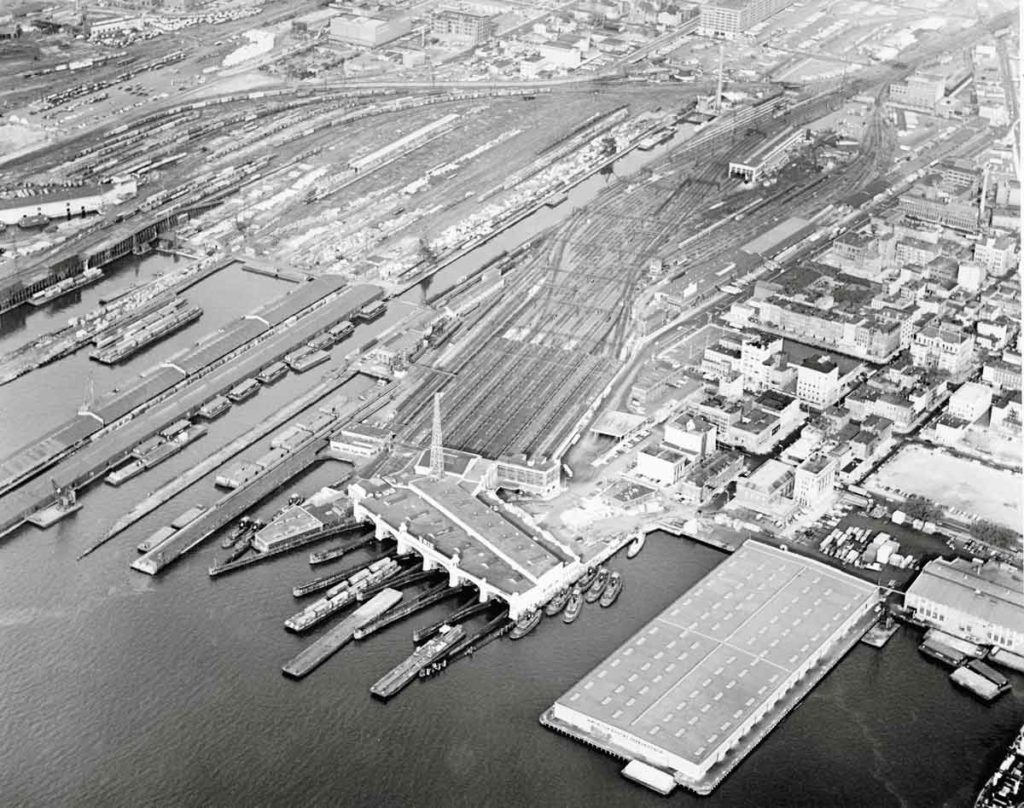
DL&W’s Hoboken Terminal Fred W. Schneider III Opened on February 25, 1907, the Delaware, Lackawanna & Western’s Hoboken (N.J.) Terminal replaced an earlier facility on the site destroyed by fire in 1905. The new terminal featured 16 tracks and 6 ferry slips along the Hudson River across from New York City. Catenary came to the […]
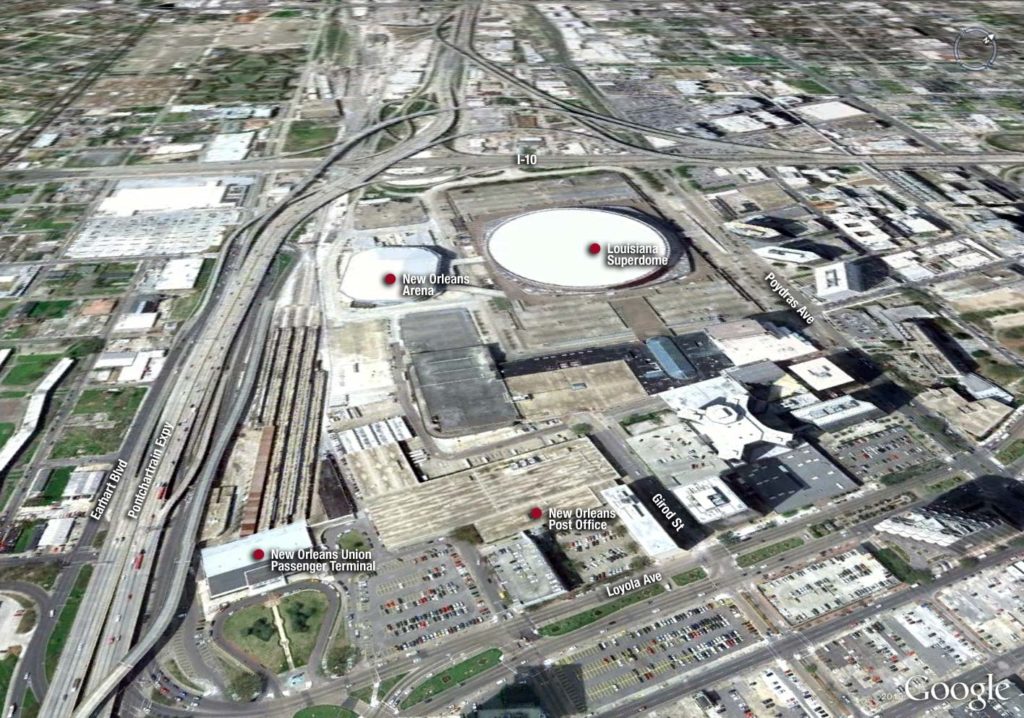
[…]
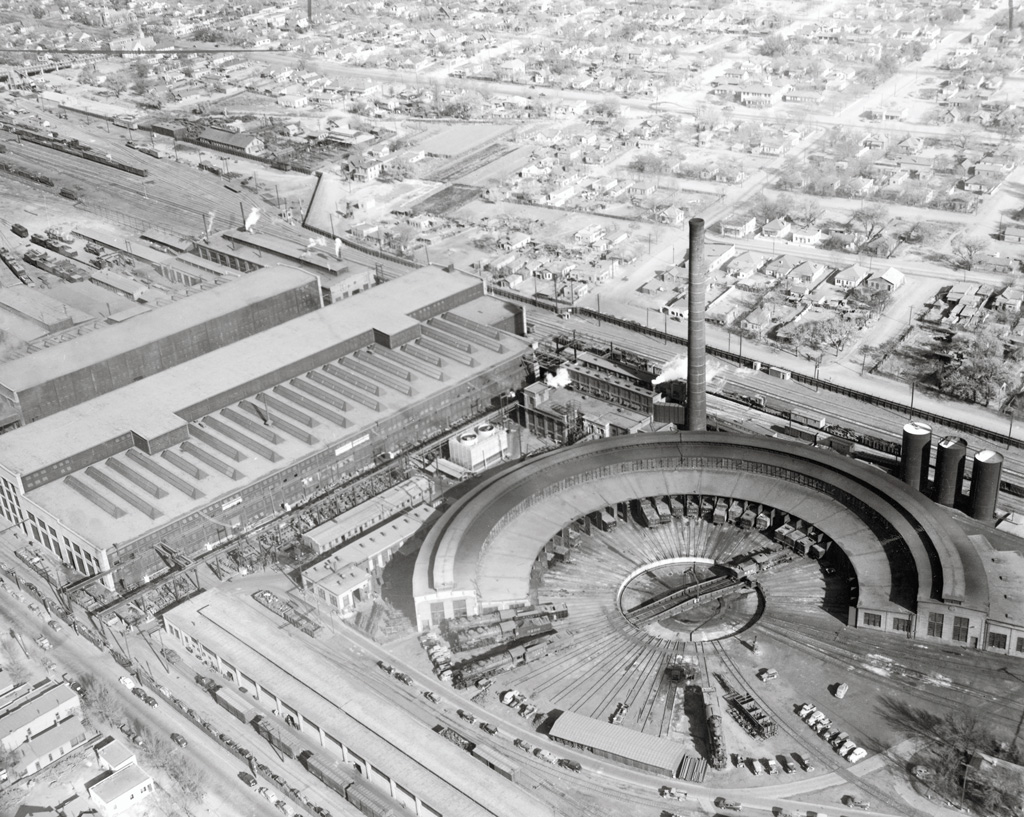
The Santa Fe established a major shop complex at Albuquerque to maintain and repair steam locomotives. At their peak in 1940, the shops were one of the city’s largest employers, with 1787 workers. The shops declined as the Santa Fe dieselized, and, as the road’s last steam backshop, perfromed their final locomotive work in March […]
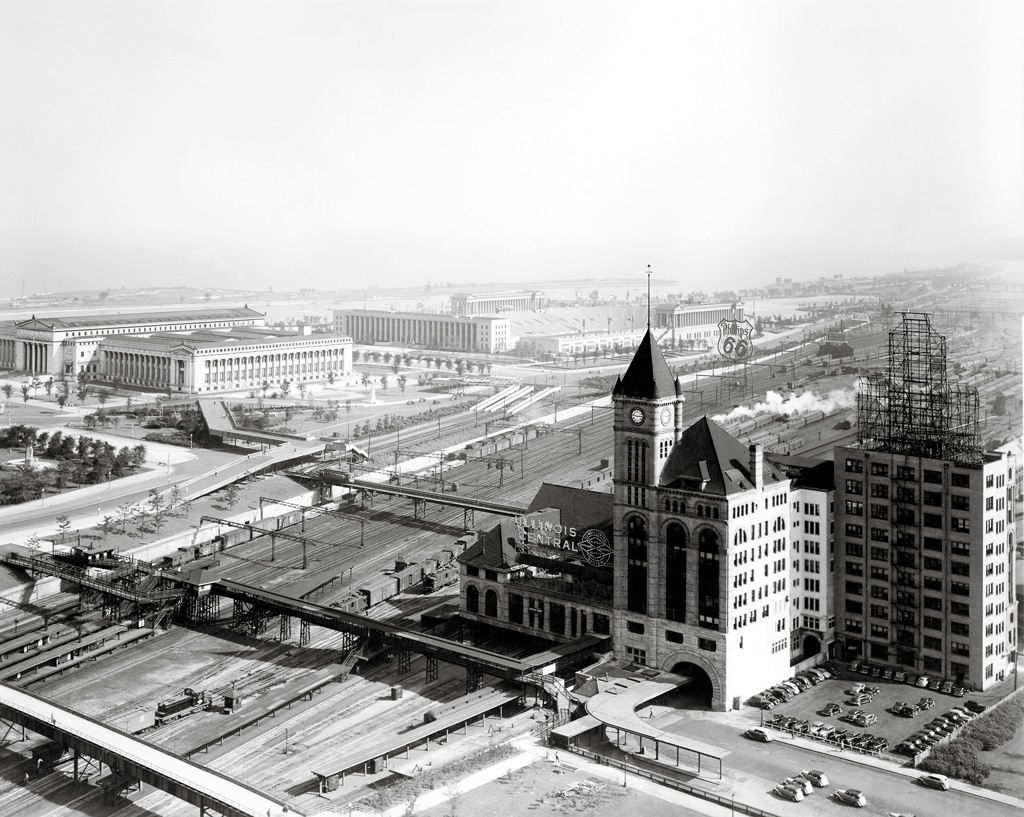
Illinois Central wasn’t the first railroad in Chicago, but it was one of 10 Class 1’s headquartered there and became arguably the most visible, thanks to its lakefront location. Its Romanesque Revival-style Central Station, built on fill in Lake Michigan for the 1893 World’s Columbian Exposition, served IC plus New York Central’s Michigan Central and […]
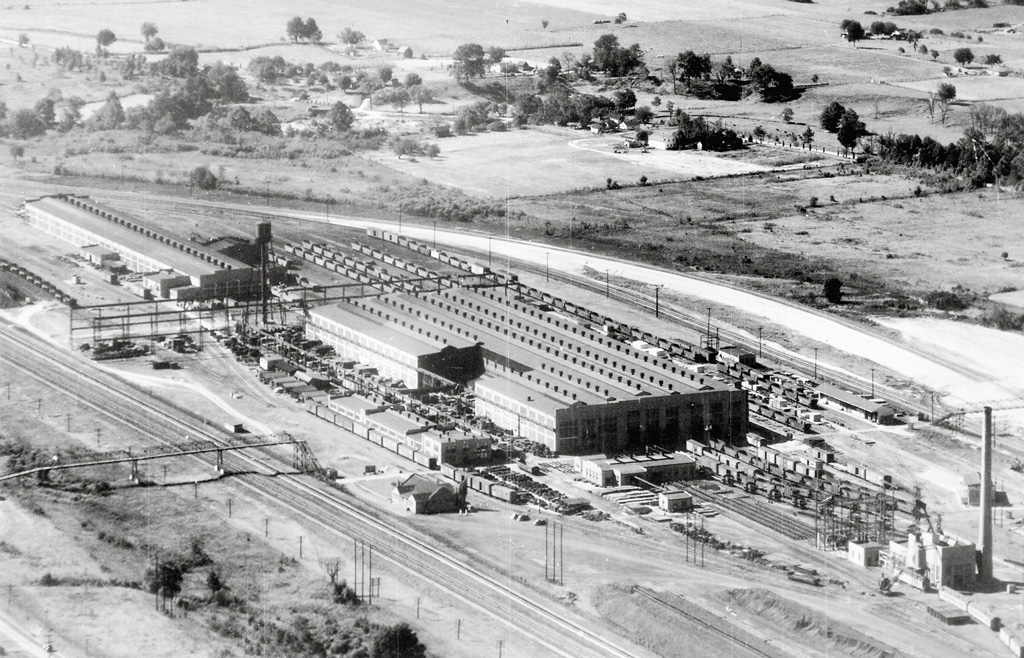
To handle maintenance and repairs on its substantial hopper-car fleet, coal-hauler Chesapeake & Ohio in 1930 built this systemwide freight-car shop at Raceland, Ky., at the west end of its massive Russell Yard, a facility built to classify coal cars moving west to Cincinnati and Chicago, as well as north to Lake Erie docks for […]
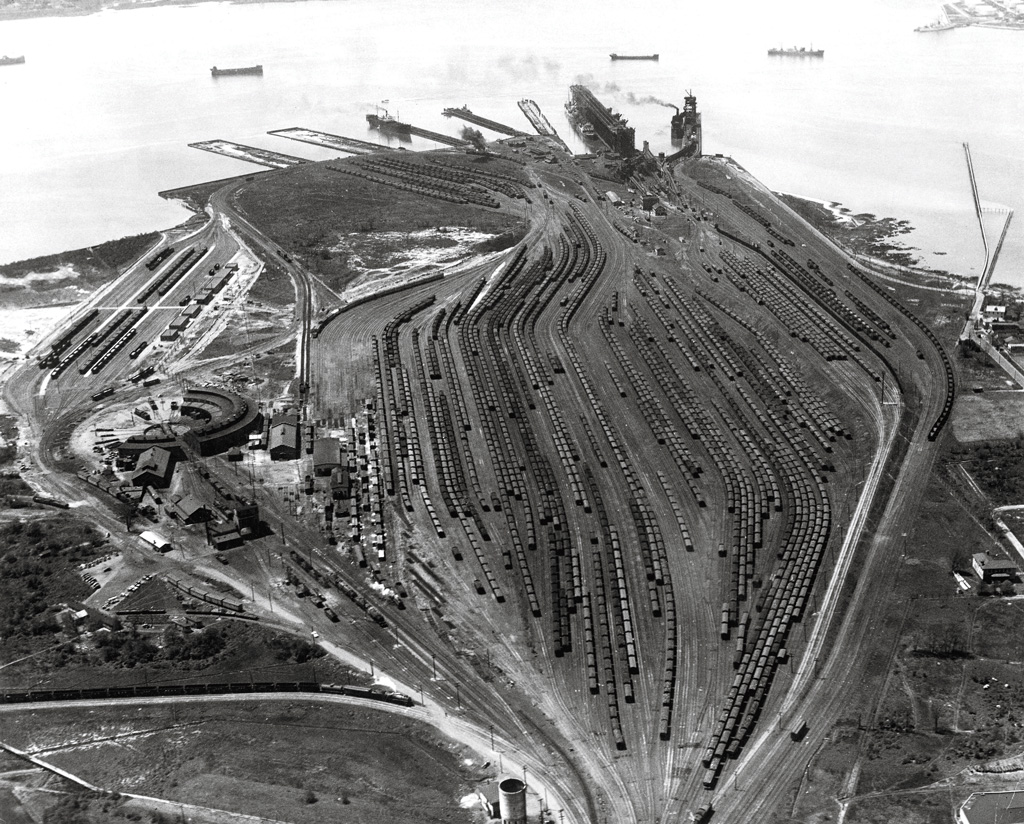
The Norfolk & Western Railway transported much of the coal mined in southwestern Virginia and West Virginia. Many loads went north to Lake Erie, others to “tidewater” at N&W’s big terminal in Norfolk, Va., opened in 1885. Here it was loaded in vessels for shipment to ports up the East Coast or for overseas export. […]
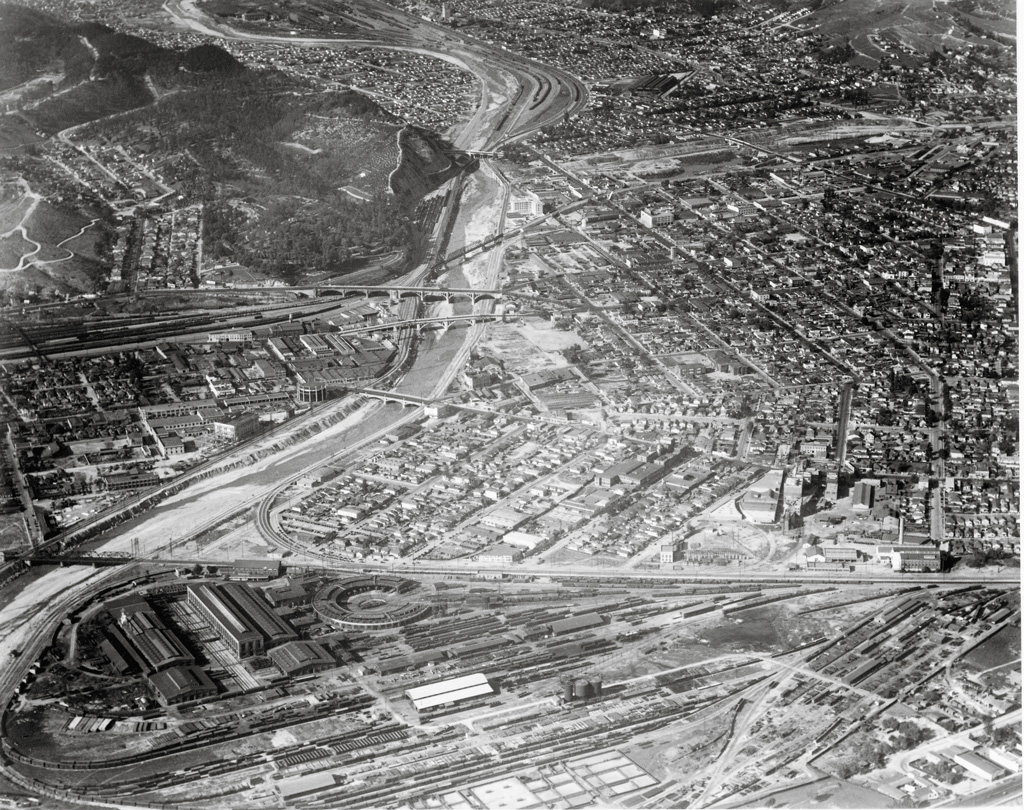
SP’s Los Angeles General Shops UCLA Dept. of Geography, Air Photo Archives Southern Pacific facilities dominate three views of Los Angeles. Much in this 1934 scene is gone, or greatly changed. SP’s Los Angeles General Shops, the most complete railroad maintenance facility the city has ever seen, was replaced by an intermodal yard in the […]
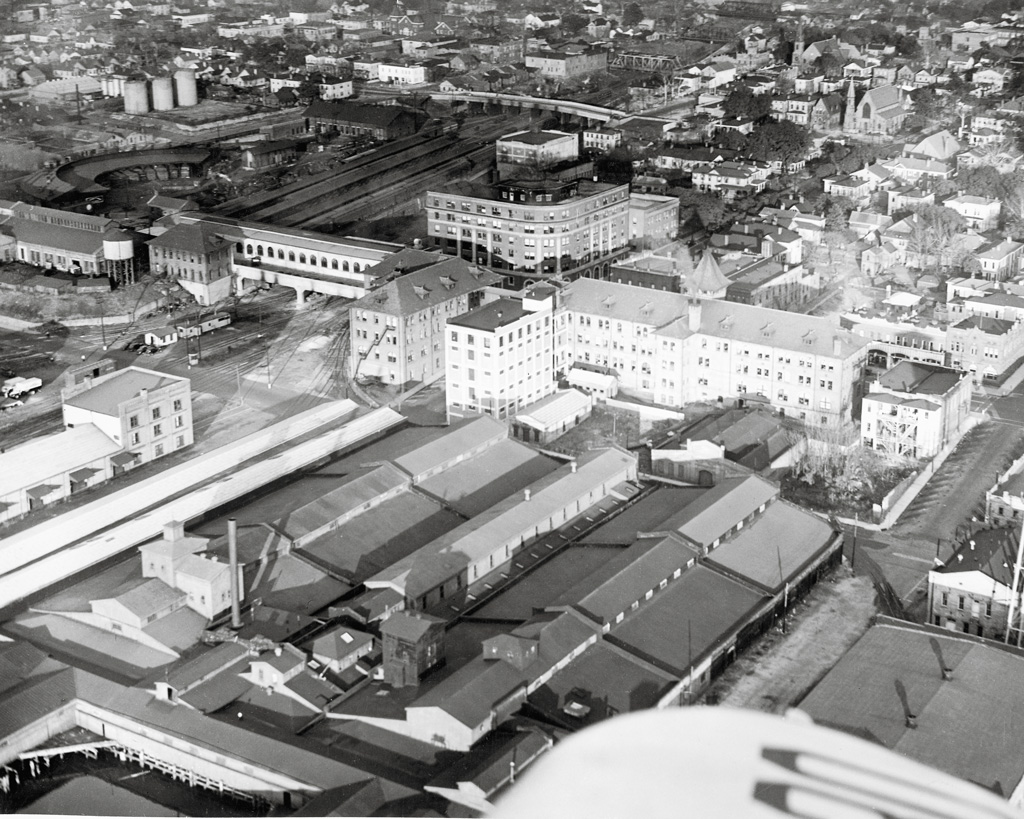
This 1940’s afternoon photo looks northeast from over the Cape Fear River across the north end of downtown Wilmington, N.C. (the ocean is 6 miles to the east). Atlantic Coast Line’s history in the port city dates to 1840, when the Wilmington & Raleigh opened a 161-mile line northwest to Weldon. After the Civil War […]